PPT-Department of Homeland Security Science & Technology
Author : clustik | Published Date : 2020-06-17
American Physical Society Dr Daniel Gerstein Under Secretary Acting Science amp Technology Directorate November 3 2013 1 National Strategy for Countering Biological
Presentation Embed Code
Download Presentation
Download Presentation The PPT/PDF document "Department of Homeland Security Science ..." is the property of its rightful owner. Permission is granted to download and print the materials on this website for personal, non-commercial use only, and to display it on your personal computer provided you do not modify the materials and that you retain all copyright notices contained in the materials. By downloading content from our website, you accept the terms of this agreement.
Department of Homeland Security Science & Technology: Transcript
Download Rules Of Document
"Department of Homeland Security Science & Technology"The content belongs to its owner. You may download and print it for personal use, without modification, and keep all copyright notices. By downloading, you agree to these terms.
Related Documents

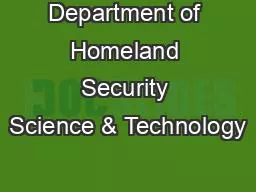
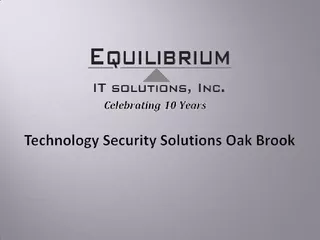
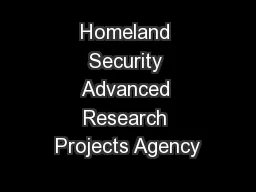

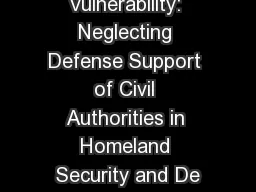


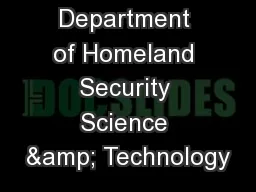

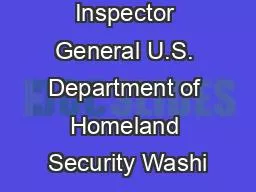
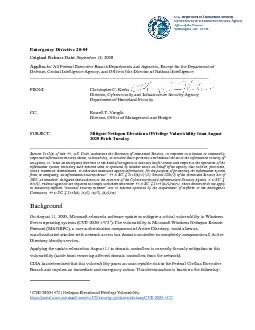
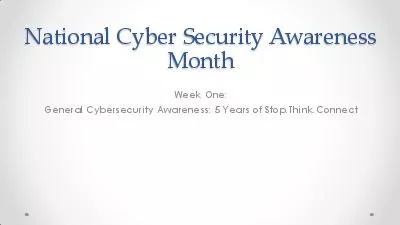
![READ [PDF] Homeland Security](https://thumbs.docslides.com/1017594/read-pdf-homeland-security.jpg)
